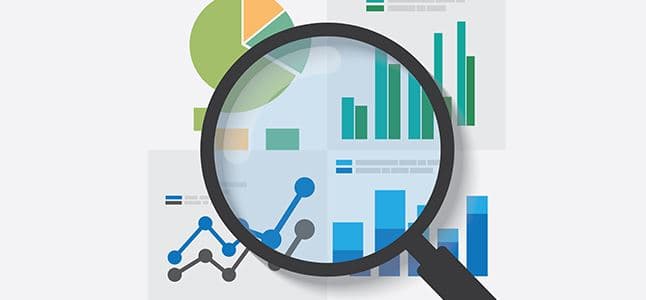It’s a burning question for every organization, to know – how procurement aligns and contributes to the cumulative objectives and business strategy? The answer to this question, lies in the reliance on metrics.
Since the overall responsibility for results/value enhancement lies on Chief Procurement Officers (CPOs), thus, there are four KPIs (Key Performance Indicators) that must be tracked by every CPO for demonstration:
- Tracked Savings: Every CPO should keep a track of the net savings by the procurement team on a quarterly/semi-annual/annual basis, since cost-savings is a top-notch priority, across industries for procurement departments. A recent research by Gartner suggests that indirect goods/services/contracts lead to an average of 40%-50% savings leakage in organizations, hence, procurement today needs to operationalize contracts and invest in Procure-to-Pay (P2P) solutions to avoid such a scenario.
- Rate of User Adoption: Buyers today look for P2P interfaces similar to that of e-Commerce sites, hence user adoption is a critical component for any procurement department to succeed. Looking at P2P features like a single storefront, flexible design, easy configuration of business rules, advanced search options, are thus important to attaining optimum user adoption.
- ROI on Procurement: Creating a compelling argument for Procurement ROI (Return-on-Investment) on the cost/savings of P2P solution, involves probing improved spend, tracking of savings, contract compliance, AP (Accounts Payable) efficiency etc. CPOs need to take into account more than just quantitative data and demonstrate the alignment/contribution of Procurement, to the overall strategy of the business.
- SUM (Spend Under Management): SUM is perhaps the most telling success metric, for any organization to realize the influence of its procurement department, on the organization’s bottom line. As per a study conducted by the Aberdeen Group, a breakdown of SUMs to 80% and above, 62% and 22% can tell the difference between, best-in-class, average and laggard performers respectively. By employing next-gen P2P analytics, CPOs can gain insight into activities like, total savings by contract compliance, cost-efficiency via spend consolidation etc. that can refine spends and drive more savings.
Since every organization has their own objective and KPIs, CPOs, can employ P2P technology to measure the value addition of procurement and influence, the overall goals, and strategy of the organization. What do you think are the important success metrics for CPOs? Tell us more, in the comments section below.




